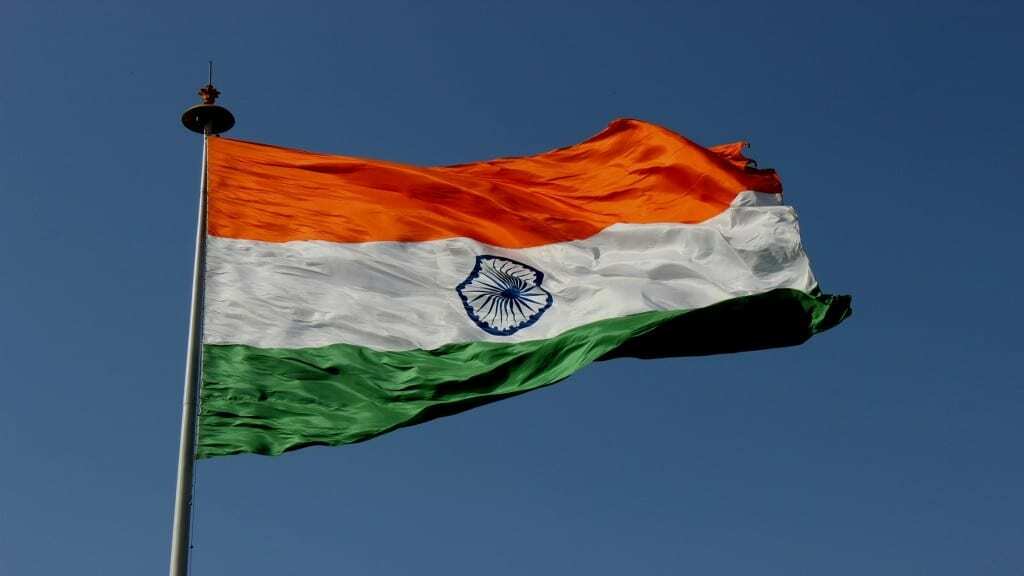15 August 2022, India is ready to celebrate its 75th Independence Day. The government has launched 'Azadi Ka Amrit Mahotsav' to commemorate 75 years of independence and honour the glorious history of its people, culture, and achievements. ‘Har Ghar Tiranga’ campaign is also a part of Azadi Ka Amrit Mahotsav.

Table of Contents
Introduction
The first Prime Minister of Independent India, Jawaharlal Nehru, on the night of August 15, 1947, said, “At the stroke of the midnight hour, when the world sleeps, India will awake to life and freedom.” These words rightly captured the struggle and happiness of newly-independent India as it finally managed to free itself from the rules of the British.
Jawaharlal Nehru raised the Indian national flag above the Lahori Gate of Red Fort in Delhi to mark the historic day. This became a symbolic gesture and continues to take place every year on August 15 as India celebrates its Independence Day. The day is celebrated throughout the country with flag-hoisting ceremonies, drills, cultural events, and the singing of the Indian National Anthem. As the country celebrates its 75th Independence day this year, let’s take a look at the history and implications of this day.
History
200 years, India suffered oppression by British colonizers as they took control over the country in 1757, following their victory at the Battle of Plassey. The East India Company ruled India for 100 years after which it was replaced by direct British rule in the wake of the Indian rebellion of 1857.
The British rule ran to widespread resentment and revolts in the country. Indian history was marked by several retaliations and independence movements that eventually drove the British colonizers out of the country.
Lord Mountbatten had been given a command by the British Parliament to transfer the power by June 30, 1948. If he had delayed till June 1948, in C Rajagopalachari’s notable words, “there would have been no power left to transfer”. Mountbatten thus advanced the date to August 1947.
Independence Day also coincides with the Partition of the country when the country was severed on collective grounds and widespread bloodshed, migration, and violence followed.
Independence Day is momentous as it commemorates the valor and spirit of the freedom fighters who fought for the independence of the nation from British rule.
The day is known as that of national pride and honor, with Prime Ministers hoisting the flag and addressing the country from the Red Fort every year. A day before Independence Day, the country’s president delivers a televised ‘Address to the Nation’.
Conclusion
On 12 March 2011, the celebrations for the 75th year of independence began, in a 75th-week countdown and will end on 15 August 2022.
The official website for Azadi ka Amrit Mahotsav was launched by the Ministry of Culture in March
Indian Independence Day is celebrated in all parts of the country with enthusiastic zeal and patriotism. The day ritually starts with the unfurling of the national flag, a speech, and participation in cultural activities in various schools and colleges, residential colonies, and cultural institutions. Patriotic songs like “Vande Mataram” and “Jana Gana Mana” are sung and start off any musical concert.
Points to be noted
- 15 August 1947. India got its independence from British rule.
- We are celebrating “Azadi ka Amrit Mahotsav” on the occasion of India completing 75 years of Independence.
- Pt. Jawaharlal Nehru, India’s first prime minister, hoisted the Indian national flag above the Lahori Gate of Red Fort in Delhi on 15 August 1947. After that, it has become a tradition followed by the prime minister to address the nation.
- India’s National Anthem is “Jana Gana Mana”
- India’s National Anthem ‘Jana Gana Mana’ was originally composed by Rabindranath Tagore in Bengali as ‘Bharoto Bhagyo Bidhata.‘
- India’s first Minister of Law and Justice was Bhimrao Ambedkar
- The Tricolour of Tiranga, the Indian flag has three stripes of three colors. The saffron color represents courage and sacrifice, the white color represents truth, peace, and purity while the green color represents prosperity. The Ashok Chakra in the middle represents the Laws of Dharma.
